The Cuneiform Digital Library Initiative and the History of Decipherment
 Historical Sources on Decipherment of Several Writing Systems
Historical Sources on Decipherment of Several Writing Systems
 The Cuneiform Digital Library Initiative (CDLI)
The Cuneiform Digital Library Initiative (CDLI)
The Cuneiform Digital Library Initiative (CDLI) represents the ongoing efforts of an international group of Assyriologists, museum curators and historians of science to make freely available through the internet images and content of cuneiform tablets dating from the beginning of writing, ca. 3350 BC, until the end of the pre-Christian era. We estimate the number of these documents currently kept in public and private collections to exceed 500,000 exemplars, of which now more than 175,000 have been catalogued in electronic form by the CDLI.
In its early phases of research, the project concentrated on the digital documentation of the least understood archives of ancient cuneiform, those of the final third of the 4th, and of the entire 3rd millennium BC that contained texts in Sumerian, in early Akkadian and in other, still undeciphered languages. For despite the 150 years since the decipherment of cuneiform, and the 100 years since Sumerian documents of the 3rd millennium BC from southern Babylonia were first published, such basic research tools as a reliable paleography charting the graphic development of archaic cuneiform, and a lexical and grammatical glossary of the approximately 120,000 texts inscribed during this period of early state formation, remain unavailable even to specialists, not to mention scholars from other disciplines to whom these earliest sources on social development represent an extraordinary hidden treasure.
The CDLI, directed by Robert K. Englund of the University of California at Los Angeles and Peter Damerow of the Max Planck Institute for the History of Science, Berlin, is pursuing the systematic digital documentation and electronic publication of all cuneiform inscriptions, with special attention paid to these 4th and 3rd millennium sources, but with increasing resources devoted to the entire cuneiform text corpus bearing witness to 3500 years of human history. Cooperative partners include leading experts from the field of Assyriology, curators of European and American museums, and computer specialists in text markup.
The CDLI data set consist of text and image, combining document transliterations, text glossaries and digitized originals and photo archives of early cuneiform. At present, the online catalog of the CDLI contains more than 175,000 catalog entries with information about tablets of the third millennium B.C., more than 16,000 digital images of these tablets, more than 41.000 hand copies, and more than 56,000 transliterations are accessible through the CDLI web site. This electronic documentation should be of particular interest to cuneiform scholars distant from collections, and to museum personnel intent on archiving and preserving fragile and often decaying cuneiform collections. Historical Sources on Decipherment of Several Writing Systems
Historical Sources on Decipherment of Several Writing Systems Max Planck Institute for the History of Science
Max Planck Institute for the History of Science
 top
top
